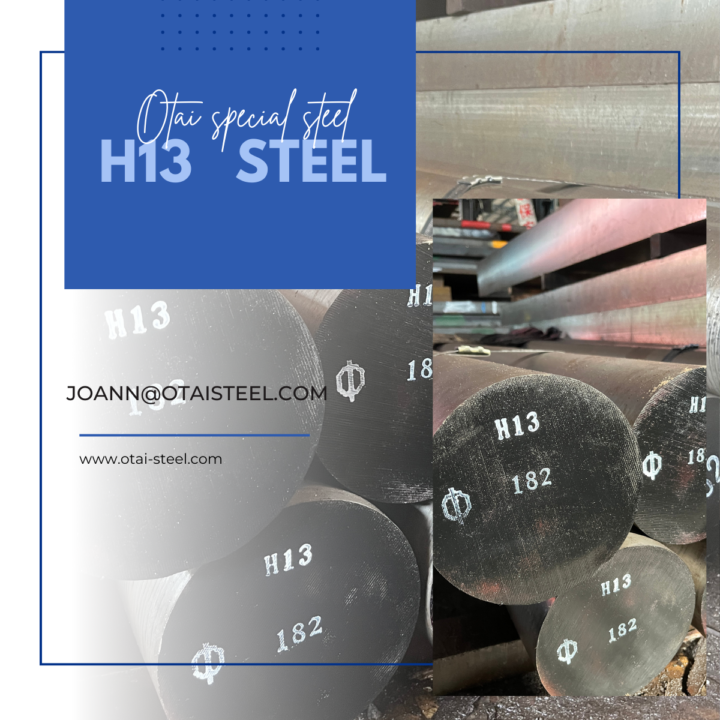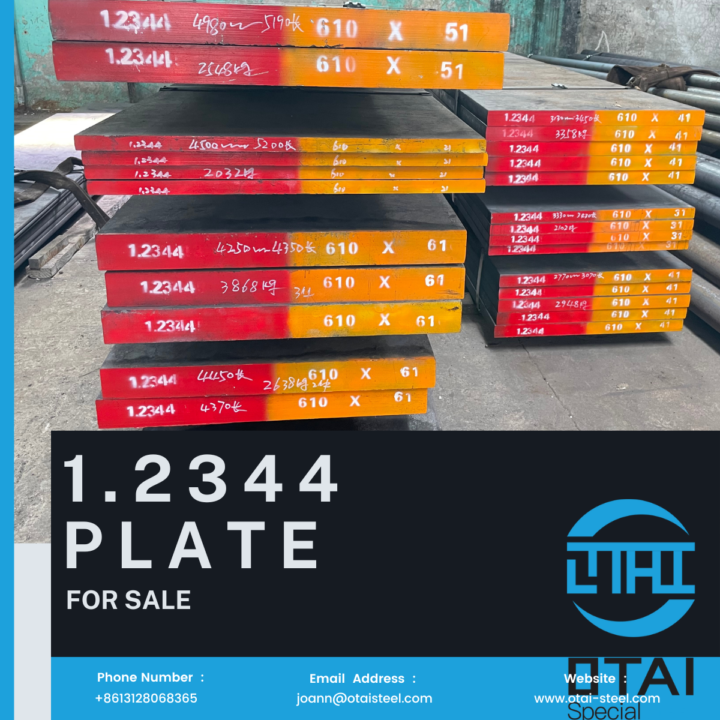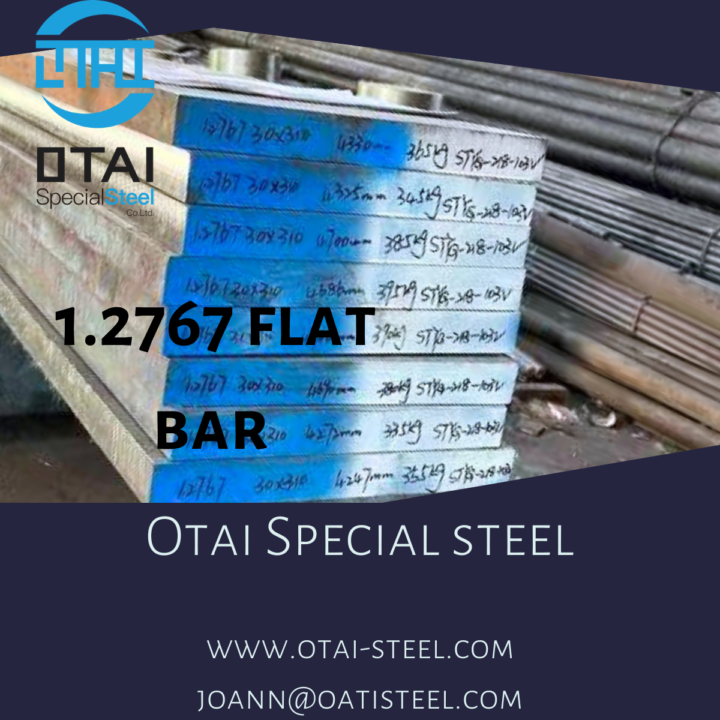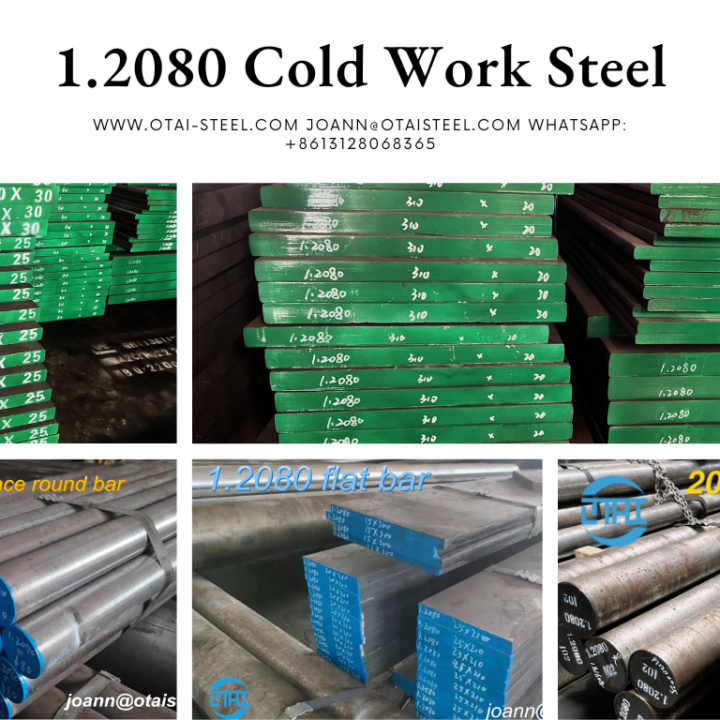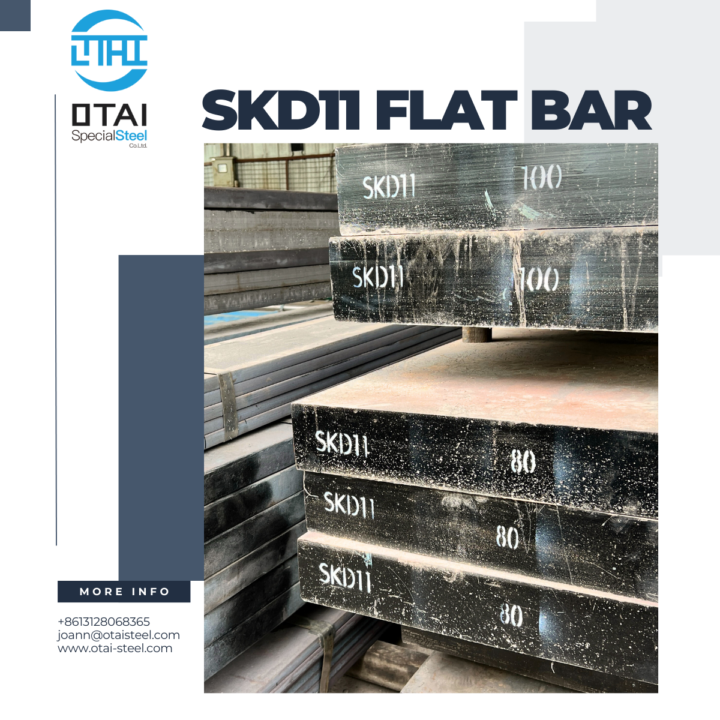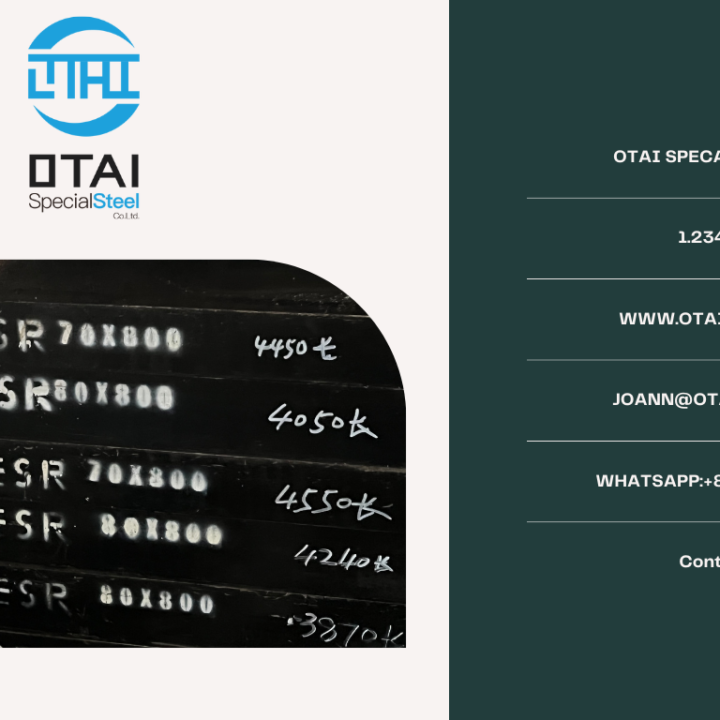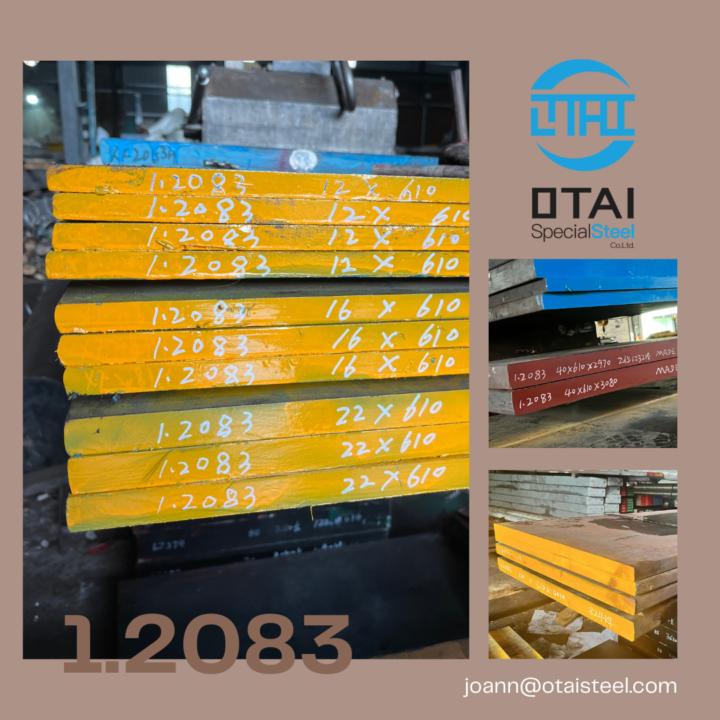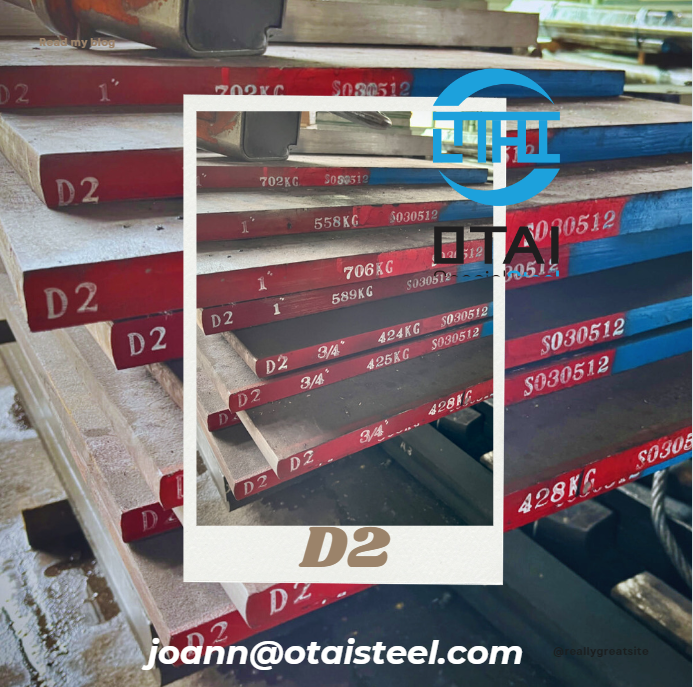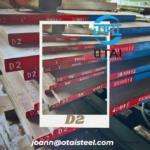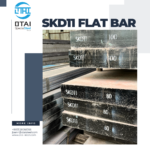When it comes to the world of steel, the choices can be overwhelming. Various types cater to different needs, and one such remarkable steel is 1.2343. In this comprehensive guide, we’ll delve into the characteristics, applications, and advantages of 1.2343 steel, providing you with a thorough understanding of its significance in various industries.
Unveiling the Basics of 1.2343 Steel
To begin our exploration, let’s break down the fundamentals of 1.2343 . Also known as H11 steel, which is a versatile hot work tool steel . It is renowned for its exceptional heat resistance and toughness. The combination of 1.2343 steel’s chemical composition makes it a first choice in demanding applications.
Chemical Composition of 1.2343 Steel
The chemical composition plays a crucial role in determining the properties of any steel.
| C | Si | Mn | S | P | Cr | Mo | Ni | V | |
| 1.2343 | 0.33-0.41 | 0.80-1.20 | 0.25-0.50 | ≤0.030 | ≤0.030 | 4.80-5.50 | 1.10-1.50 | / | 0.30-0.50 |
| H11 | 0.33-0.43 | 0.80-1.25 | 0.20-0.60 | ≤0.030 | ≤0.030 | 4.80-5.50 | 1.10-1.60 | / | 0.30-0.60 |
Heat Resistance: A Defining Characteristic
One of the standout features of 1.2343 is its exceptional heat resistance. This property makes it a go-to material in applications where high temperatures are a constant challenge. The heat-resistant properties of 1.2343 ensure reliable performance even under extreme conditions such as forging, extrusion and die casting.
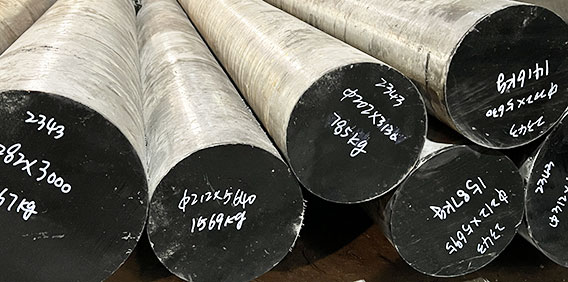 Versatility in Applications
Versatility in Applications
The versatility of 1.2343 extends across various industrial sectors. Its hardness and toughness makes it a top choice for manufacturing tools, dies, and components subjected to intense thermal and mechanical stress. The aerospace, automotive, and manufacturing industries frequently rely on 1.2343 steel for its reliability and durability.
Machinability and Formability: A Winning Duo
Beyond its resilience to high temperatures, 1.2343 boasts excellent machinability and formability. This means that manufacturers can easily shape and manipulate the material to meet specific design requirements. The ease of machinability adds to the appeal of 1.2343 steel, making it a preferred option for intricate tooling and precision components.
Key Advantages of 1.2343 Steel
Now that we’ve touched upon the essential characteristics of 1.2343 , what’s the key advantages that contribute to its widespread application ?
- Durable and Long-lasting: The robust nature of 1.2343 ensures longevity, making it a cost-effective choice for applications where durability is paramount.
- Excellent Thermal Conductivity: The steel’s ability to conduct heat efficiently is crucial in processes involving high temperatures, contributing to enhanced performance and reliability.
- Resistance to Wear and Abrasion: Thanks to its composition, 1.2343 exhibits remarkable resistance to wear and abrasion, extending the lifespan of tools and components.
- Precision in Manufacturing: The machinability of 1.2343 allows for intricate designs and precise manufacturing, meeting the stringent requirements of modern industries.
- Versatility Across Industries: From aerospace to manufacturing, 1.2343’s versatility ensures its applicability in diverse sectors, catering to a wide range of industrial needs.
Applications Across Industries
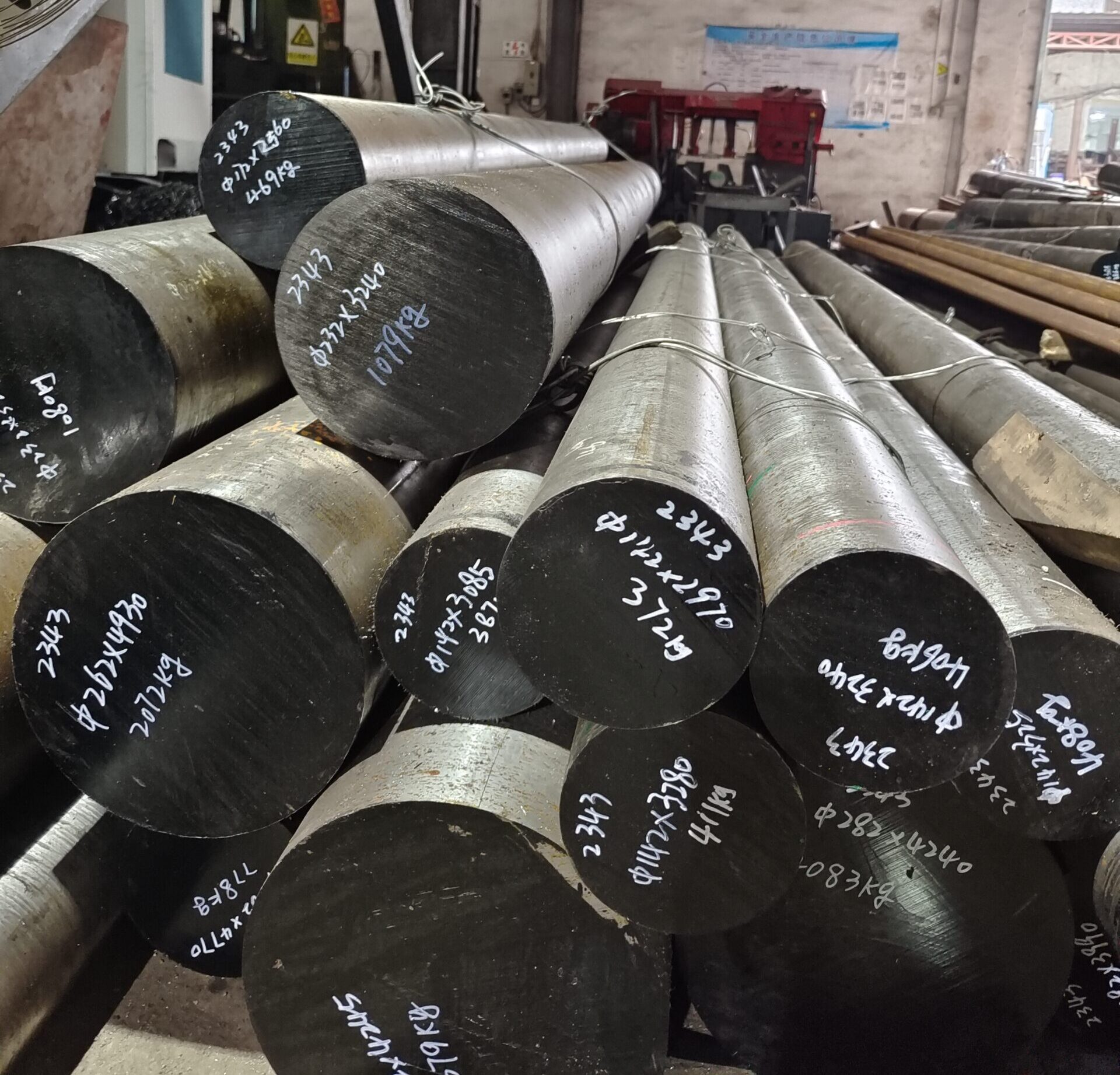
The adaptability of 1.2343 steel finds expression in a myriad of applications, contributing to the seamless functioning of several industries.
- Die Casting: In the die casting industry, 1.2343 molds withstand the intense heat and pressure involved in shaping molten metals with exceptional precision.
- Forging: Forging operations benefit from the robustness of 1.2343 steel, ensuring the production of high-quality forged components that meet strict industry standards.
- Extrusion: The heat resistance and formability of 1.2343 make it a preferred choice in extrusion processes, where materials are shaped by forcing them through a die.
- Tool and Die Manufacturing: The hardness and durability of 1.2343 steel make it a staple in tool and die manufacturing, where precision and reliability are non-negotiable.
Choosing 1.2343: Factors to Consider
When selecting materials for specific applications, it’s crucial to consider various factors to ensure optimal performance. Here are some key considerations when choosing 1.2343 steel:
- Temperature Requirements: Assess the temperature conditions in your application to ensure that 1.2343 steel aligns with the specific heat resistance needed.
- Mechanical Stress: Consider the mechanical stress the material will face. The toughness of 1.2343 steel makes it suitable for applications involving substantial mechanical loads.
- Machinability Needs: If your project demands intricate designs and precision machining, 1.2343 steel’s excellent machinability should be a deciding factor.
- Longevity and Cost-effectiveness: Evaluate the lifespan and cost-effectiveness of your chosen material. The durability of 1.2343 often translates to long-term reliability and reduced replacement costs.
Conclusion
In conclusion, 1.2343 stands out as a formidable player in the world of tool steels. Its unique combination of heat resistance, machinability, and versatility positions it as a go-to choice for industries demanding high-performance materials. Whether in die casting, forging, or tool and die manufacturing, the reliability and durability of 1.2343 steel make it a valuable asset in a wide array of applications.
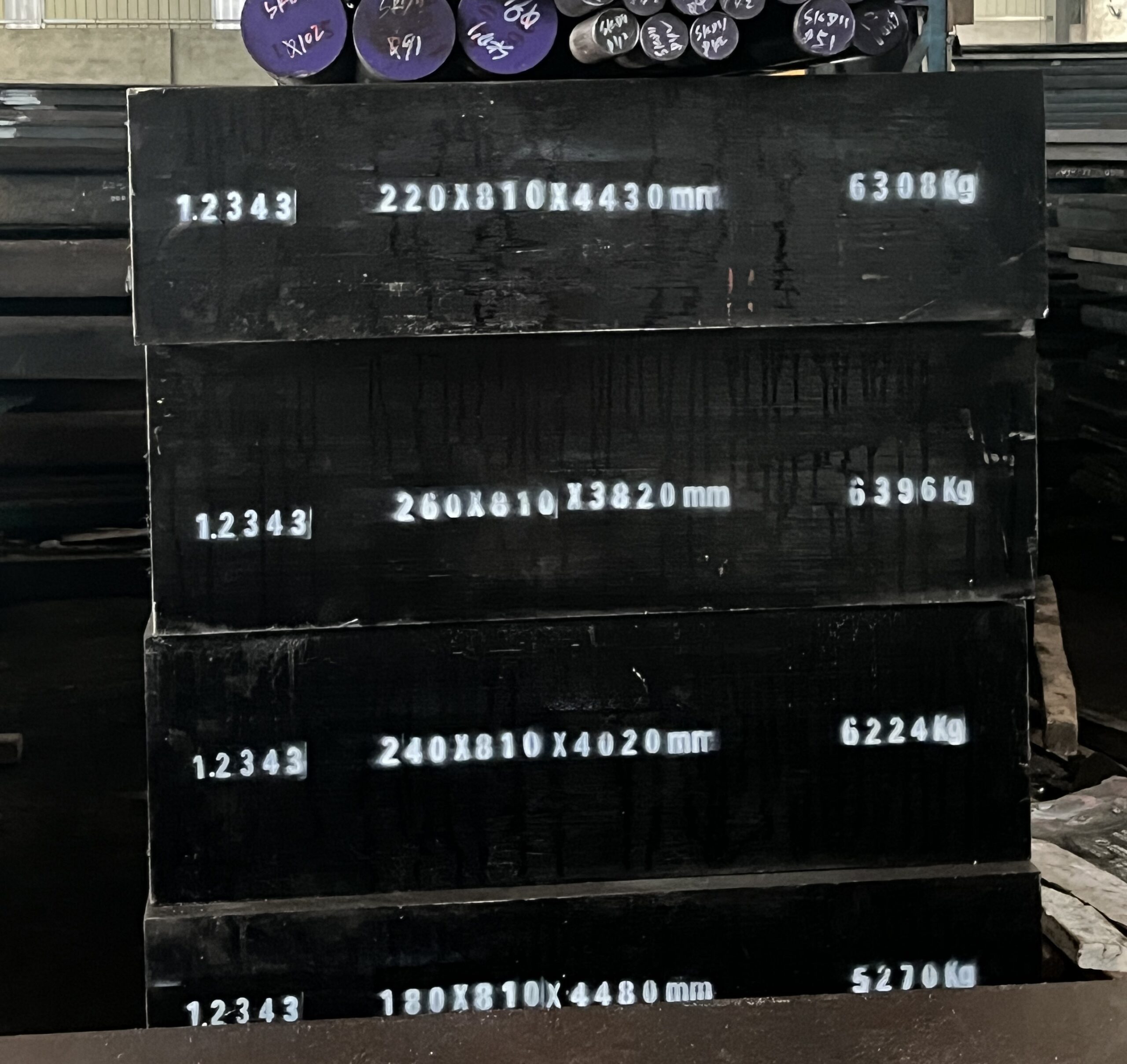 FAQs
FAQs
- Is 1.2343 suitable for high-precision machining?
- Yes, the excellent machinability of 1.2343 steel makes it well-suited for high-precision machining, allowing for intricate designs and precise manufacturing.
- What industries commonly use 1.2343 ?
- 1.2343 finds widespread use in industries such as aerospace, automotive, die casting, forging, and tool and die manufacturing.
- How does 1.2343 steel perform under high temperatures?
- 1.2343 exhibits exceptional heat resistance, making it reliable in applications where high temperatures are a constant challenge.
- What are the key advantages of choosing 1.2343 for tool and die manufacturing?
- The advantages include durability, excellent thermal conductivity, resistance to wear and abrasion, precision in manufacturing, and versatility across industries.
- Can 1.2343 steel withstand mechanical stress in forging operations?
- Yes, the toughness of 1.2343 makes it well-suited to withstand the mechanical stress involved in forging operations, ensuring the production of high-quality forged components.
Want to know more about the details ?
Pls contact : Joann
E-mail:joann@otaisteel.com
WhatsApp:+8613128068365
